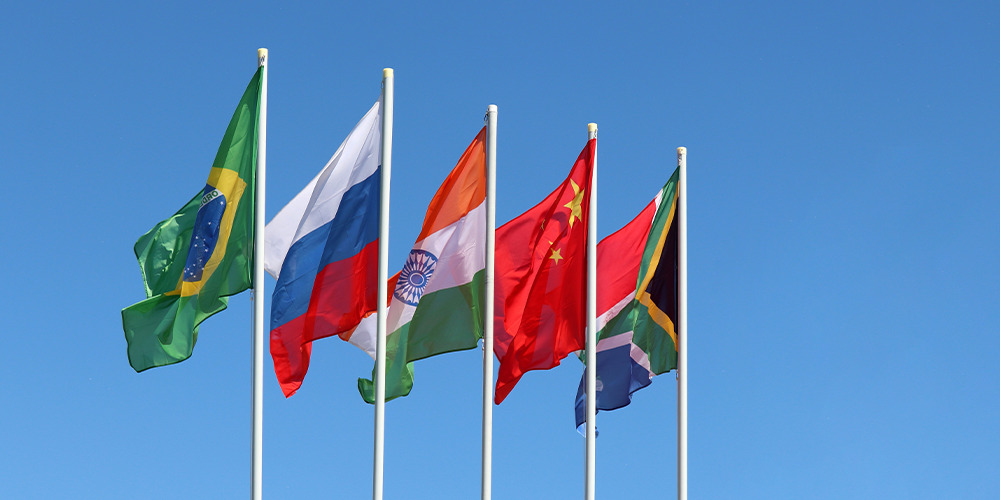BRICS mBridge Project: The Digital Currency Revolution Challenging Dollar Dominance
The dollar's reign faces its most credible digital challenger yet.
BRICS nations launch mBridge—a blockchain-based payment system that bypasses traditional banking channels. This isn't just another financial experiment; it's a direct assault on the Western-dominated monetary system.
How mBridge Actually Works
Central banks connect directly through distributed ledger technology. Transactions settle in seconds instead of days. No SWIFT intermediaries. No dollar conversion fees. The system uses a custom digital currency platform that could eventually scale to include other emerging economies.
The Geopolitical Earthquake
mBridge represents the first viable alternative to dollar-denominated trade. Countries facing sanctions see an escape hatch. Trading partners tired of U.S. monetary policy oversight gain autonomy. The project already processes real transactions between participating central banks.
Wall Street's Blind Spot
Traditional finance still views digital currency projects as niche experiments. Meanwhile, BRICS economies representing over 40% of global population build infrastructure that could reroute trillions in trade flows. Sometimes revolution arrives not with a bang, but with a software update.
The dollar isn't collapsing tomorrow—but its monopoly on international trade just got an expiration date.
Exploring BRICS mBridge Project, Investment Options, And Global Impact

What Is Project mBridge Technology
What developers refer to as a proprietary blockchain – the mBridge Ledger – powers its platform and delivers SAFE infrastructure to wholesale CBDCs. The system allows central banks to directly settle without involving mediators and this has proven highly significant.
As of mid-2024, the system was at the so-called Minimum Viable Product stage, and four original central banks deployed validator nodes. Live banking transactions are now being undertaken at commercial banks and mega institutions like the Bank of China have embraced this move.
Investment Access and Market Impact
When people ask how to invest in mBridge, the reality is that access remains quite limited since the platform focuses on wholesale transactions between institutions. The project doesn’t really offer direct retail investment products right now, which can be disappointing for individual investors.
However, there are ways to gain indirect exposure – this involves commercial banks that participate in the network. Major financial companies like Visa and Mastercard could create new opportunities as the system expands. Their global networks cover billions of consumers, and they bring expertise in fraud prevention and scalability that could prove valuable.
BRICS Pay vs mBridge Comparison
The difference between these systems is a very big one, in fact. The BRICS mBridge Project is the working technology, which is already being tested by the researchers, and BRICS Pay is mostly a concept. The reason is that investment opportunities vary due to central banks offering mBridge tangible support and actual infrastructure.
mBridge has a competitive edge on paper as its technical offerings use blockchain technology where the system tokenizes money and commercial banks operate, unlike the conceptual options. Traditional systems cannot match the cryptologic efficiency and transparency that this blockchain-based approach offers.
Geopolitical Implications
This system could compromise the US dollar dependency and the dependence of SWIFT that has been the objective of most new economies. There is the international influence as far as interoperability functions are concerned.
The platform may connect to national payment systems such as the QRIS in Indonesia, UPI in India, and Pix in Brazil, potentially introducing the prospect of overlaying national gateways onto a common global basis. Investment relevance increases as the platform spreads across the world, and the comparison with BRICS Pay demonstrates that this represents real practice rather than theory.
The project has a true potential to transform the international finance at the time of writing. Provided it succeeds, the project WOULD readjust the global financial regulatory landscape, making both new and established financial markets such as New York and London equal leaders. The next step is deciding whether it is an alliance bridge or another economic rivalry line between the various power alliances of the world.

